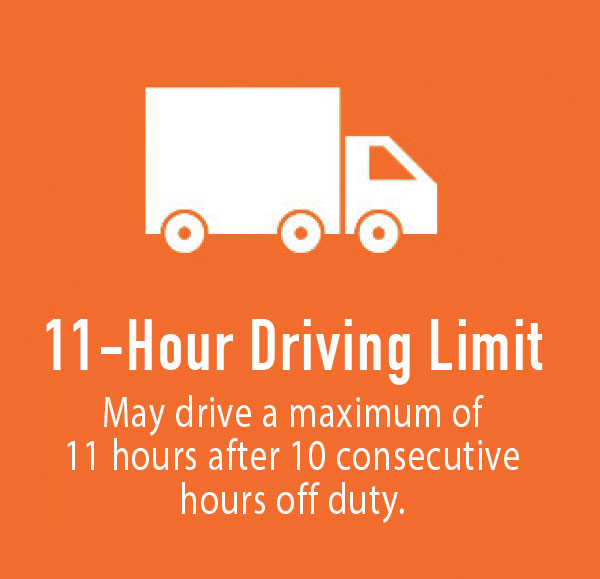Since 2012, the ELD mandate has ranked in the top 10 issues in the trucking industry, according to the American Transportation Research Institute. The regulation took the industry by storm in 2017, but it wasn’t until this year the mandate was fully in effect and enforced.
ELD MANDATE
The ELD mandate, or ELD Final Rule, is a US federal government regulation specifying that operators of commercial motor vehicles covered by this law are required to use electronic logging devices, or ELDs. These devices are designed to record data related to operation of the vehicle and driver activity. The driver information mainly concerns hours of service. Commercial truckers are restricted to a maximum number of hours they are permitted to drive between rest periods.
Although hours-of-service rules haven’t changed, the ELD mandate eliminates any wiggle room in recording hours-of-service as all driving time must be strictly accounted for.
It’s well known that long-distance or extended periods of commercial driving—sitting behind the wheel for several hours at a stretch—can be physically tiring. Several studies over many decades have established that fatigue is a major factor in increased street and highway accident rates, according to the National Highway Traffic Safety Administration (NHTSA).
“Safety is still the number one concern for both companies and the drivers,” says Stuart Lamm, president of BlueArrow Telematics, whose company has served the industry for over 28 years.
ADOPTING ELD
The first federal law that required commercial drivers in the US to keep these service records was passed in 1937. Paper logbooks were originally used with the information entered by writing. The ELD mandate requires replacing paper logs and Automatic On-Board Recording Device (AOBRD) with automated ELD technology by December 17, 2019—a “hard deadline.”
The “soft deadline” was December 17, 2017 and, overall, compliance was high, but there were still some stragglers.
“Many carriers were early adopters and strong proponents of ELDs, touting the safety benefits and installing devices long before the mandate took effect,” Lamm explains. “The biggest challenge we had was on December 17 when drivers were literally learning how to use this technology that morning.”
Lamm hopes that won’t happen again.
“This industry has come a long way since ELDs went mainstream,” responds Joey Hartley, a former Pentagon computer analyst and current CTO at Puryear Tank Lines. “You had a lot of people, in my perspective, slow to adopt. They really pushed the deadline—but time is running short.”
That late adoption created a capacity crunch for ELDs and installation with some suppliers’ locations running out of devices and software glitches taking longer to solve as companies tried to onboard thousands of users at once. He hopes the 2019 AOBRD deadline will run much smoother for the industry.

“I do worry about those problems recurring, but I don’t think it will be as bad,” Hartley says. “I think providers—us included—learned a lot.”
And based on the experience of Puryear drivers, law enforcement officers have shown some leniency the past 19 months because they too are still learning. “It was a big change for all of us—and it’s taken time for company drivers to get used to ELDs,” Hartley says.
PUSHBACK & BENEFITS
Some fleet managers have said that the younger generation doesn’t mind the electronic logs, however, a few older drivers may have left the industry rather than install an ELD.
While some drivers have continued to rail against ELDs and the lack of flexibility they provide, Lamm, who provides BlueArrow telematic services to Puryear, acknowledges what much of the industry has learned from this experience. “The end result is the same, the rules just changed,” Lamm says, noting that the ability of drivers to manually “adjust” their paper logs disappeared.
A side benefit for fleet managers learning to use ELDs is they are discovering the latest telematic solutions—work-flow applications, routing, accident avoidance technologies, and vehicle maintenance tools—that can save a company time, money, and frustration. “They are creating even more opportunities to increase safety, efficiency, productivity, and profits for their company and the trucking industry,” Lamm concludes.
It’s hard to determine how much of the current freight capacity crunch is from the ELD mandate and how much is from a stronger economy. Those two factors have combined to make this one of the strongest trucking environments on record.
FOR MORE INFORMATION
Find out more about BlueArrow Telematics, visit www.bluearrowtelematics.com.
MODERN WORKTRUCK SOLUTIONS:
OCTOBER 2019 ISSUE
Did you enjoy this article?
Subscribe to the FREE Digital Edition of Modern WorkTruck Solutions magazine.





